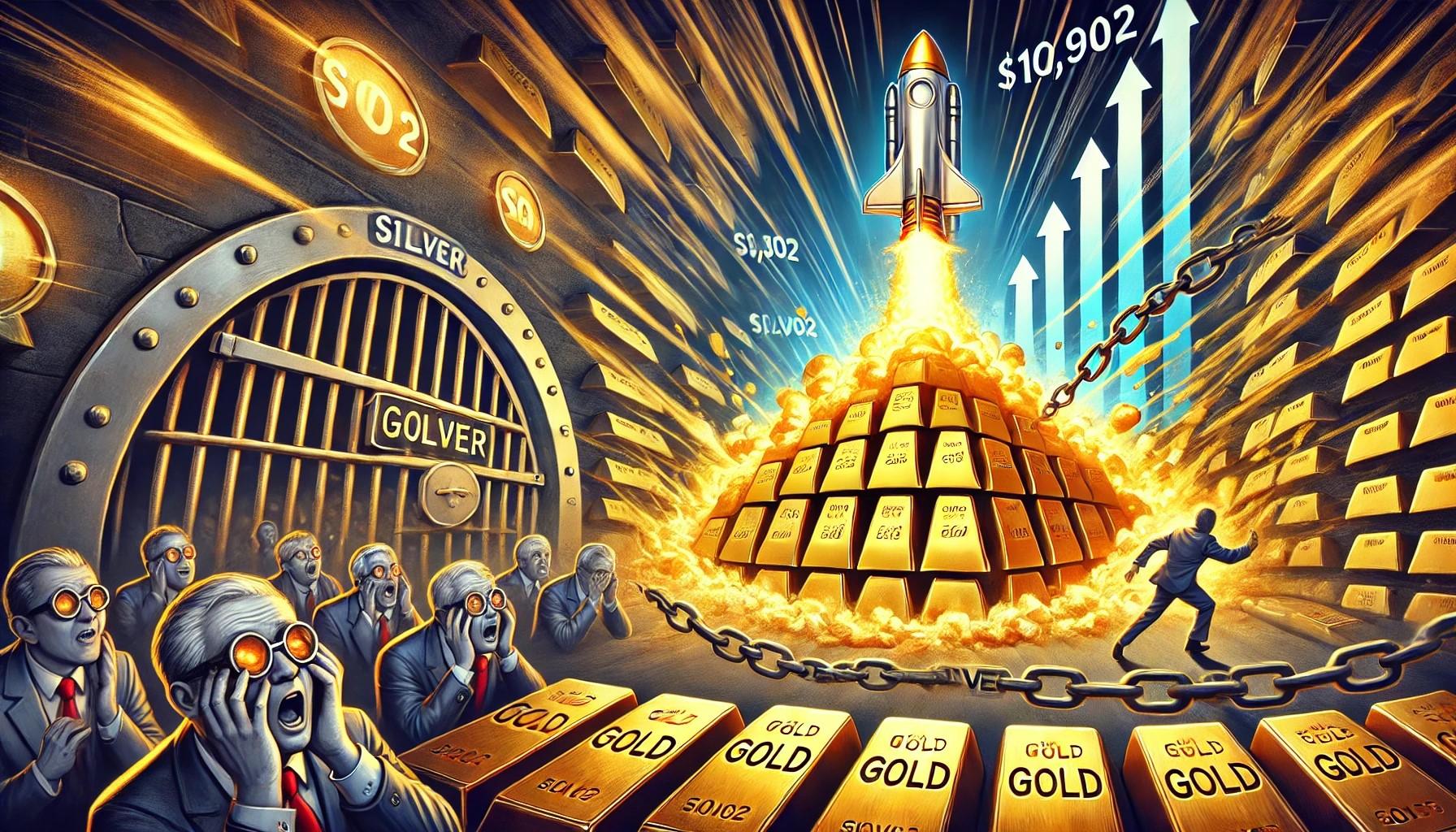Beef prices rose more than 10 percent over last year and the Department of Agriculture reports at least another 5 percent increase in 2012. In spite of official White House news that inflation stands at under 2 percent, that isn’t the reality consumers are seeing in the supermarket or at the gas pump.

A major contributor to beef prices is drought in Texas and Oklahoma that resulted in a scarcity of water and food for cattle, resulting in smaller herds. According to the Department of Agriculture, the 91 million cattle nationally represent the smallest herd since 1952. When you add to that rising beef exports and feeds costs, the price of beef will continue to surge for some time to come.
“Your customers get tired of hearing every week that it’s going up,” said Andrew Hurford, manager of Kissin Fresh Meats. “Sooner or later, they’re going to reach a tolerance ceiling and they’re going to say maybe it’s not worth it anymore.”
We do a lot of fish now and chicken,” said Johanna Butler, visiting the Italian Market from Swedesboro, NJ. “I mean, beef indeed is very expensive, so I’ve made some changes.”
But beef isn’t the only food item with rocketing prices. According to the Wall Street Journal, the USDA is forecasting the sharpest increase in the food inflation rate from one year to the next since 1978. The agency issues a monthly forecast for retail food inflation, which has been building for several months, and had been predicting an increase of 3% to 4% since February.
(SOURCE) https://online.wsj.com/article/SB10001424052970204644504576653120117664898.html
The USDA points to food inflation next year of 2.5% to 3.5%, barring any added factor such as poor harvests or trade imbalances. Each one percent increase in food prices equals $12 billion dollars in annual spending.
CNBC did a survey of food prices around the nation and came up with the following list of food items and inflationary prices:
- Ground beef up 6.8 percent month over month, and 11.1 pct year over year.
- Butter, up 3.2 percent monthly and a stunning 27 percent over the past year.
- Coffee, up 6.5 percent and 16 percent.
- Potatoes, up 3.6 percent and 7.1 percent.
- Lettuce actually fell 5 percent monthly after a spike higher in December, but is up 5 percent over the past year.
- Bread up 1 percent and 3 percent.
- Chicken up 0.8 percent and 4.3 percent .
- Egg prices have been fairly steady.
- Milk, down slightly month over month, but up 2 percent year over year.
(SOURCE) https://www.cnbc.com/id/41831886/No_Inflation_That_s_Not_What_Food_Prices_Are_Saying
With food and gas now consuming almost 15% of annual after-tax income, the picture reminds economist of another era in recent American history. Bin Gao, rates strategist at Bank of America Merrill Lynch, wrote in a research note, “This time it feels different and with stronger similarities to the 1970s in terms of the supply shock element. In an economy which continues to struggle for a solid recovery, the high oil price raises concerns of stagflation.”
Most Americans don’t need economists or Washington to give them the true picture of inflation. They see it on a regular basis every time they gas up their car or step inside the local market.










